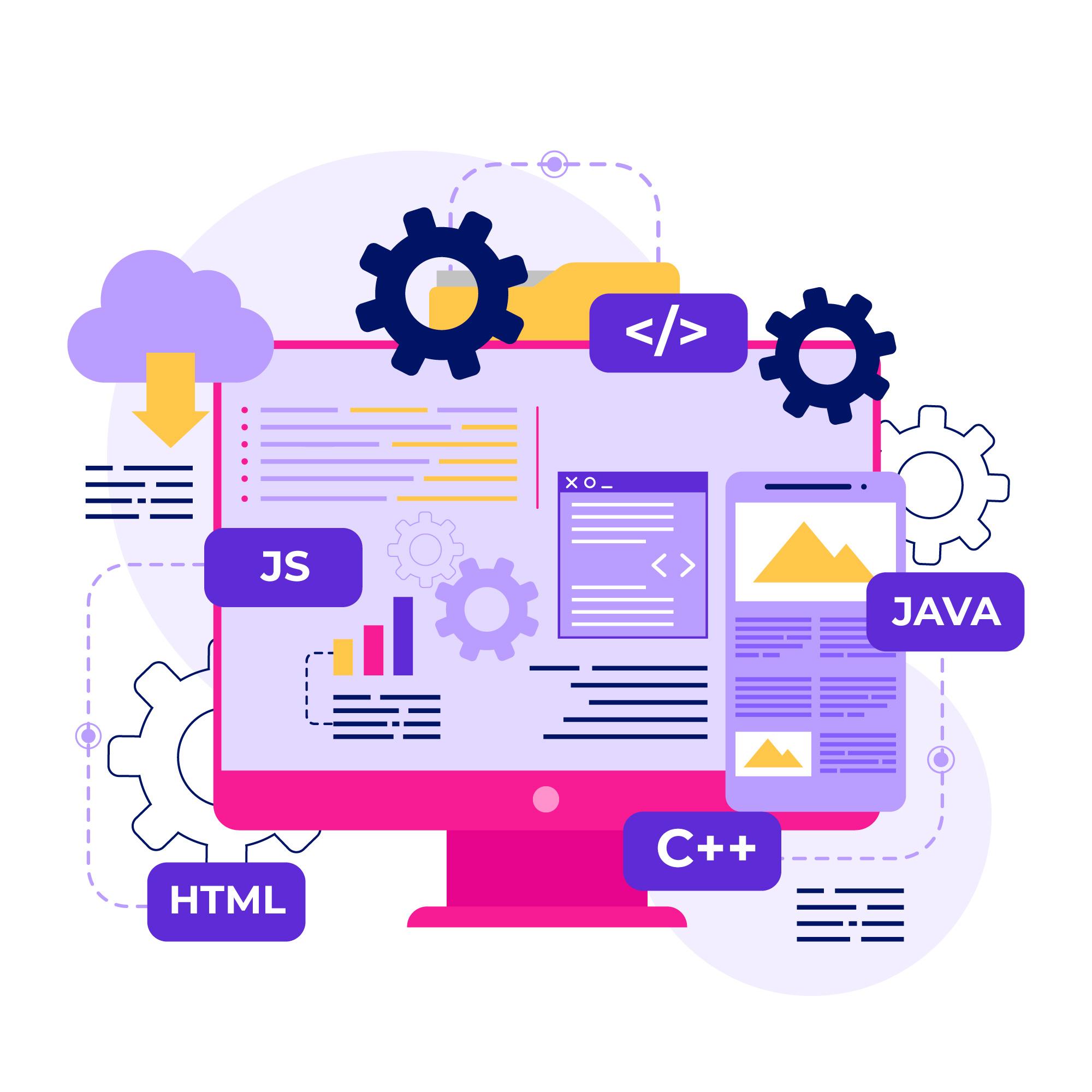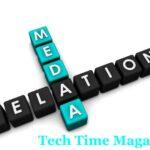Introduction
In the fast-paced world of technology, where innovation is the driving force behind every software development project, the role of software testing has never been more critical. As businesses strive to deliver high-quality software products at an unprecedented pace, the intersection of artificial intelligence (AI), automation, and traditional testing methodologies is reshaping the landscape of software quality assurance. In this blog post, we will explore the evolving dynamics of software testing in the age of innovation and delve into the transformative impact of AI and automation on the future of quality.
I. The Changing Landscape of Software Testing
The landscape of software testing has undergone a significant transformation from its traditional methodologies. In the initial stages of software development, testing was a labor-intensive and manual undertaking. Nevertheless, with the evolution of the industry towards quicker release cycles and the widespread adoption of continuous integration, the demand for more streamlined testing approaches became evident. This evolution paved the way for the introduction of automation in software testing, bringing about accelerated execution, enhanced coverage, and heightened reliability. Today, professionals in the field recognize the importance of staying abreast of these advancements, with many opting to enhance their skills through avenues such as a Software Testing Certification Course Online. This online course not only facilitates comprehensive learning but also equips individuals with the knowledge and expertise required to navigate the ever-changing landscape of software testing.
II. The Rise of AI in Software Testing
Artificial intelligence has emerged as a game-changer in various industries, and software testing is no exception. AI brings a new dimension to testing by incorporating intelligent algorithms and machine learning capabilities. One of the key applications of AI in testing is predictive analysis, which helps identify potential issues before they manifest, ultimately reducing the time and resources required for testing.
A). Intelligent Test Case Generation
AI-powered tools have the capability to examine the application under test and automatically produce test cases by considering various parameters. This not only expedites the testing process but also guarantees thorough coverage, addressing scenarios that could be unintentionally overlooked in the manual creation of test cases. For individuals seeking to enhance their testing skills, it’s valuable to explore options such as a Software Testing Course Near Me to gain hands-on experience and stay updated on the latest advancements in testing methodologies.
B). Dynamic Test Data Generation
AI can dynamically generate realistic and diverse test data, mimicking real-world scenarios. This is particularly crucial for testing applications that rely on extensive datasets, ensuring that the software performs optimally under various conditions.
C). Cognitive Automation for UI Testing
Utilizing conventional UI testing methods often proves to be labor-intensive and susceptible to human error. However, with the integration of AI-powered cognitive automation tools, the simulation of human-like interactions with software enables more efficient and accurate UI testing. This innovative approach not only streamlines the testing process but also empowers testers to concentrate on the more intricate and strategic facets of testing. For those looking to enhance their skills in this evolving field, considering a Software Testing Certification Course Online can provide comprehensive knowledge and hands-on experience in leveraging advanced testing methodologies.
III. The Role of Automation in Software Testing
Automation remains a fundamental element of streamlined software testing methodologies, playing a pivotal role in bolstering testing efficiency. The incorporation of AI into the testing toolkit amplifies its potency. This amalgamation not only accelerates testing processes but also furnishes a bedrock of repeatability and consistency in the execution of tests. For individuals seeking to enhance their proficiency in software testing, exploring a reputable Software Testing Course Near Me can be instrumental in gaining practical insights into the latest automation techniques and best practices.
A). Continuous Integration and Continuous Testing
In the era of DevOps, where development and operations teams collaborate seamlessly, continuous integration and continuous testing have become integral components of the software development lifecycle. Automated testing ensures that code changes are promptly validated, preventing the introduction of defects into the production environment.
B). Regression Testing for Agile Development
In agile development environments, where frequent iterations are the norm, regression testing is crucial to ensure that new features do not adversely impact existing functionalities. Automation allows for the swift execution of regression test suites, enabling teams to maintain agility without compromising on software quality.
IV. Achieving Comprehensive Test Coverage
Software Testing Certification Course Online plays a pivotal role in emphasizing that quality assurance goes beyond mere bug detection and resolution. It involves the meticulous verification that the software aligns with defined requirements and functions as anticipated across diverse scenarios. The seamless integration of AI and automation is instrumental in achieving an exhaustive test coverage that addresses multiple facets of software quality. Through a Software Testing Certification Course Online, professionals gain insights into leveraging these advanced technologies to enhance the effectiveness and efficiency of the quality assurance process
A). Cross-Browser and Cross-Platform Testing
With the multitude of devices and browsers in use today, ensuring compatibility across different platforms is a daunting task. Automated testing, coupled with AI for scenario identification, helps cover a broad spectrum of configurations, ensuring that the software functions seamlessly across various environments.
B). Performance Testing at Scale
As software applications scale, performance becomes a critical factor. AI-driven performance testing tools can simulate thousands of users, predicting how the application will behave under heavy load. Automation facilitates the execution of performance tests repeatedly, allowing teams to identify and address bottlenecks in the early stages of development.
V. Overcoming Testing Challenges in the Age of Innovation
Embracing AI and automation in software testing offers significant advantages, yet organizations must confront specific challenges to unleash their full potential. To effectively harness the power of these technologies, it is crucial for teams to not only understand the intricacies of AI-driven testing but also to stay updated with the latest methodologies through educational initiatives such as a Software Testing Course Near Me. This proximity to educational resources can empower professionals to navigate and overcome the hurdles associated with integrating AI and automation seamlessly into their testing processes.
A). Test Script Maintenance
As applications undergo advancements, the need for ongoing updates to test scripts arises to align with changes in functionality. AI-powered tools play a pivotal role in automating script maintenance by intelligently adjusting to modifications in the application, thereby alleviating the workload on testing teams. Embracing such technological solutions is particularly beneficial for professionals looking to enhance their expertise, and one way to achieve this is through a comprehensive Software Testing Certification Course Online.This course not only equips individuals with essential testing skills but also emphasizes the importance of staying abreast of evolving testing methodologies in the dynamic landscape of software development.
B). Skill Gap and Training
Integrating AI and automation into testing processes necessitates the upskilling or reskilling of testing teams. To ensure optimal utilization of these technologies and extract maximum value from their deployment, organizations must commit to investing in comprehensive training programs. These initiatives are crucial for empowering teams with the knowledge and skills needed to effectively leverage AI and automation tools. Considering this, organizations should explore available training options, such as a Software Testing Course Near Me, to conveniently equip their teams with the requisite expertise in implementing cutting-edge testing solutions.
C). Test Environment Management
Creating and managing test environments that accurately mirror production conditions can be challenging. Automation, combined with AI for environment monitoring and provisioning, helps streamline the test environment setup, ensuring consistency across testing stages.
VI. The Future of Quality Assurance: A Collaborative Ecosystem
The Software Testing Certification Course Online is poised to play a pivotal role in shaping the future of quality assurance by fostering a collaborative ecosystem. This dynamic approach envisions a harmonious integration of AI, automation, and human expertise in the testing process. AI is adept at managing repetitive tasks and conducting predictive analyses, while human testers contribute invaluable elements such as creativity, intuition, and domain knowledge. Within this collaborative framework, the Software Testing Certification Course Online becomes a cornerstone, equipping professionals with the essential skills to navigate and contribute to this evolving landscape. The course not only bolsters technical proficiency but also emphasizes the importance of human insights, ensuring a well-rounded and effective quality assurance strategy.
A). Augmented Intelligence in Testing
Augmented intelligence, the symbiotic relationship between human intelligence and AI, is the key to unlocking the full potential of quality assurance. Human testers guide AI algorithms, providing context, and interpreting results, while AI accelerates mundane tasks and enhances overall testing efficiency.
B). Shift-Left Testing Approach
Adopting a shift-left testing strategy entails the early integration of testing activities within the software development lifecycle. AI-powered tools play a crucial role in facilitating early defect detection, enabling teams to promptly address issues from the outset. This proactive approach significantly diminishes the expenses and time invested in rectifying defects during the later stages of development. For individuals seeking to enhance their skills in this evolving landscape, exploring a Software Testing Course Near Me could be a valuable step toward mastering these cutting-edge techniques.
Conclusion: Navigating the Future of Software Testing
In conclusion, the age of innovation is reshaping software testing, introducing unprecedented opportunities and challenges. The integration of AI and automation is revolutionizing testing practices, allowing organizations to deliver high-quality software at a pace that aligns with the demands of the modern market.
As technology continues to advance, the future of software testing lies in striking a balance between the efficiency of AI-driven automation and the human touch of skilled testers. Embracing this paradigm shift will not only enhance the effectiveness of testing processes but also contribute to the overall success of software development projects in the dynamic landscape of innovation. The journey ahead involves continuous learning, adaptation, and collaboration to navigate the ever-evolving terrain of software testing and quality assurance.



